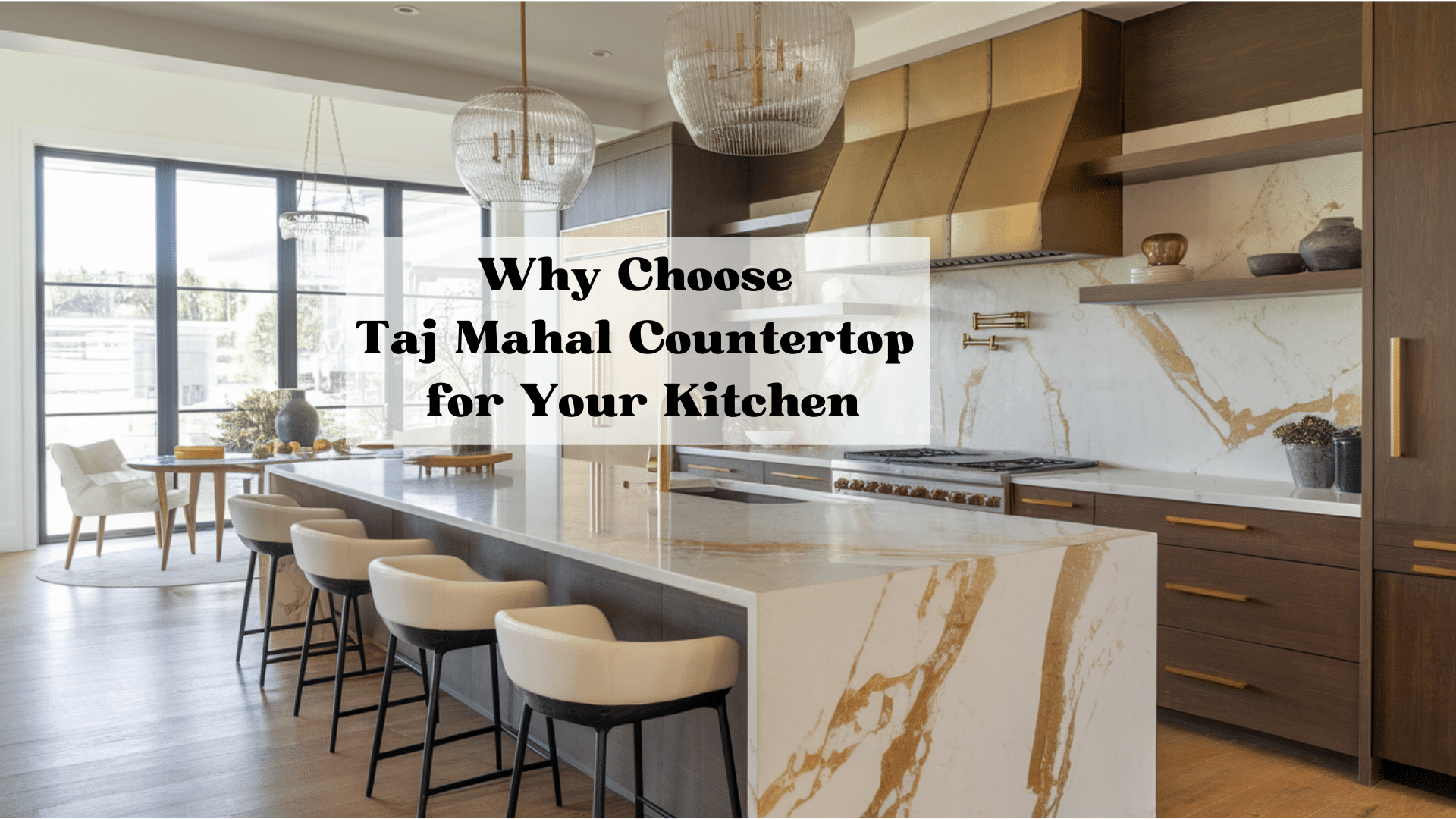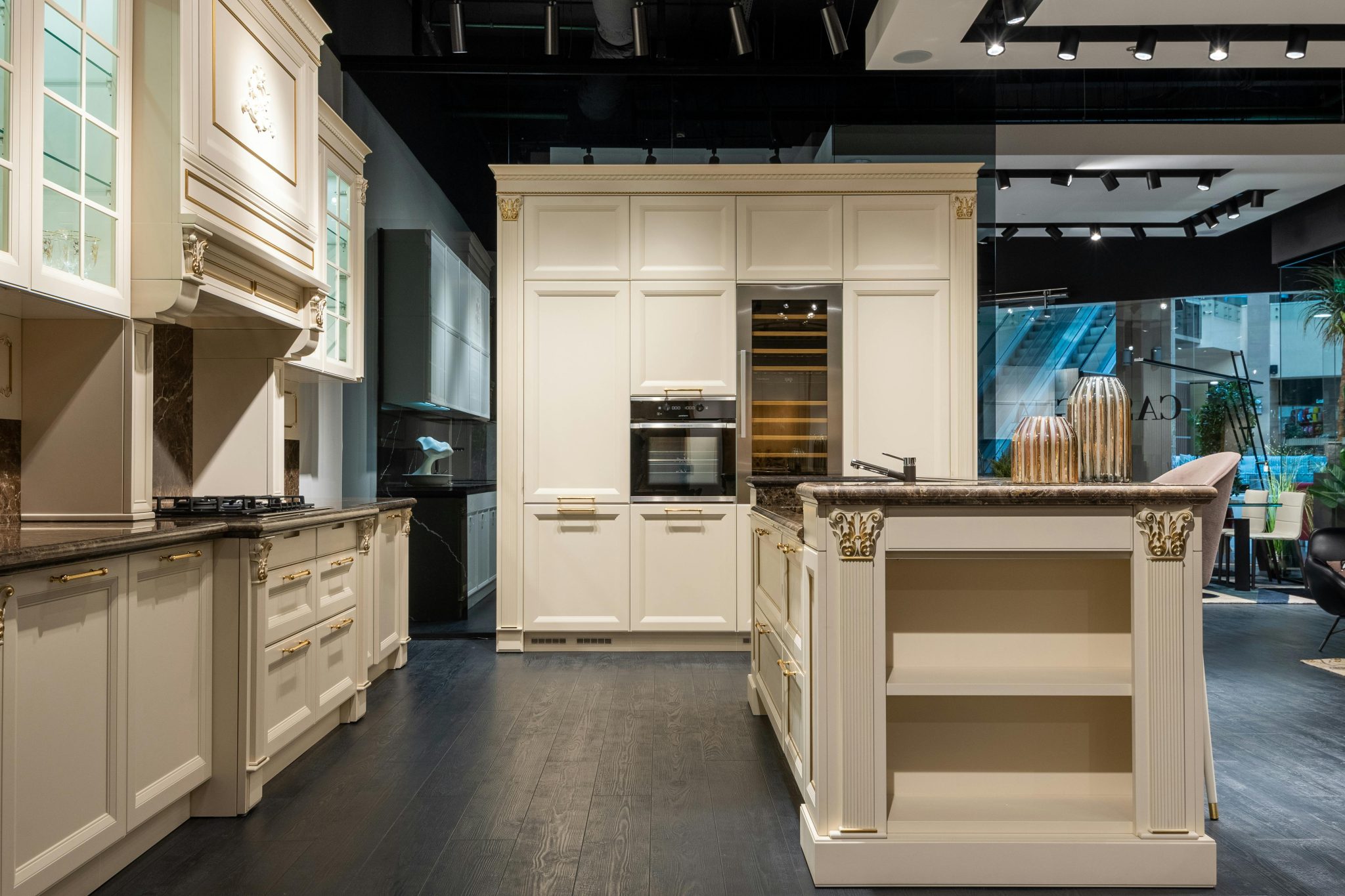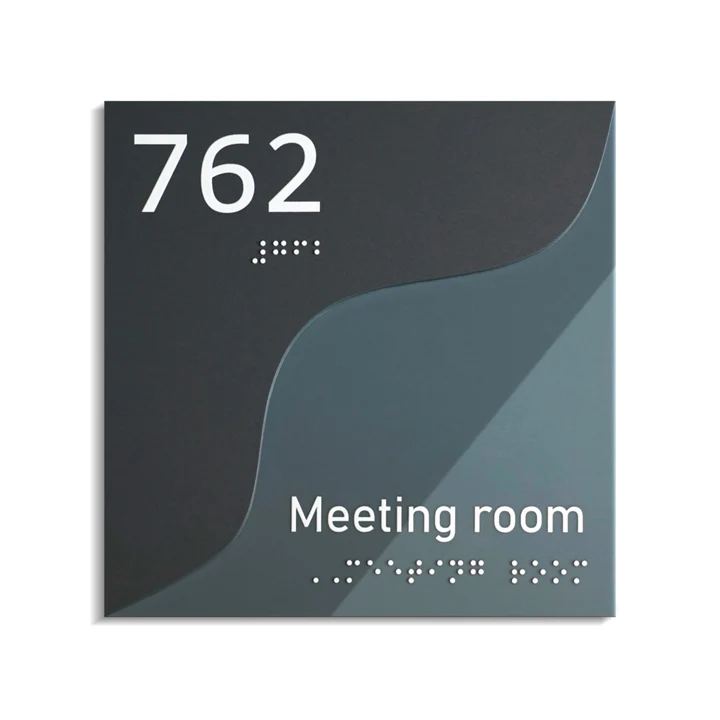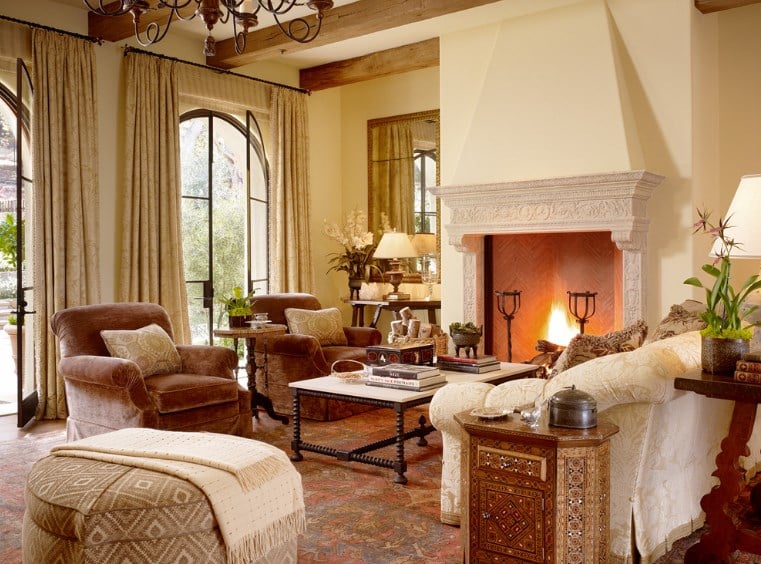Why Choose Taj Mahal Countertop for Your Kitchen
Taj Mahal quartzite has become a top choice for homeowners seeking kitchen countertops that combine beauty with longevity.
This natural stone features a soft white background with subtle gold veins that add warmth to kitchens. People choose it for its looks and practical benefits.
Harder than granite, it is well-suited to daily kitchen activities. The material handles heat well and resists scratches better than many alternatives. Its neutral coloring pairs nicely with various cabinet styles.
If you’re updating your current kitchen or building from scratch, Taj Mahal quartzite provides the mix of attractiveness and usefulness that everyone wants.
This blog covers everything you need to know about this premium countertop option and more.
What is the Taj Mahal Quartzite?
Taj Mahal quartzite is a natural stone that brings both beauty and toughness to kitchen spaces. This material features a clean, soft white background decorated with gentle gold and gray veins that flow throughout the stone.
Unlike other countertop materials, Taj Mahal quartzite is completely natural. It is formed when sandstone undergoes heat and pressure changes deep in the earth.
Compared to other popular stones, the Taj Mahal quartzite stands out.
It’s more durable than granite, making it less likely to chip or crack during normal kitchen use. Unlike marble, which can stain and etch easily, Taj Mahal quartzite is resistant to spills and acidic foods.
The benefits extend beyond good looks.
This stone handles hot pots and pans without damage, resists scratches from kitchen tools, and keeps its beauty for many years without much upkeep.
Why Choose Taj Mahal Quartzite for Your Kitchen?
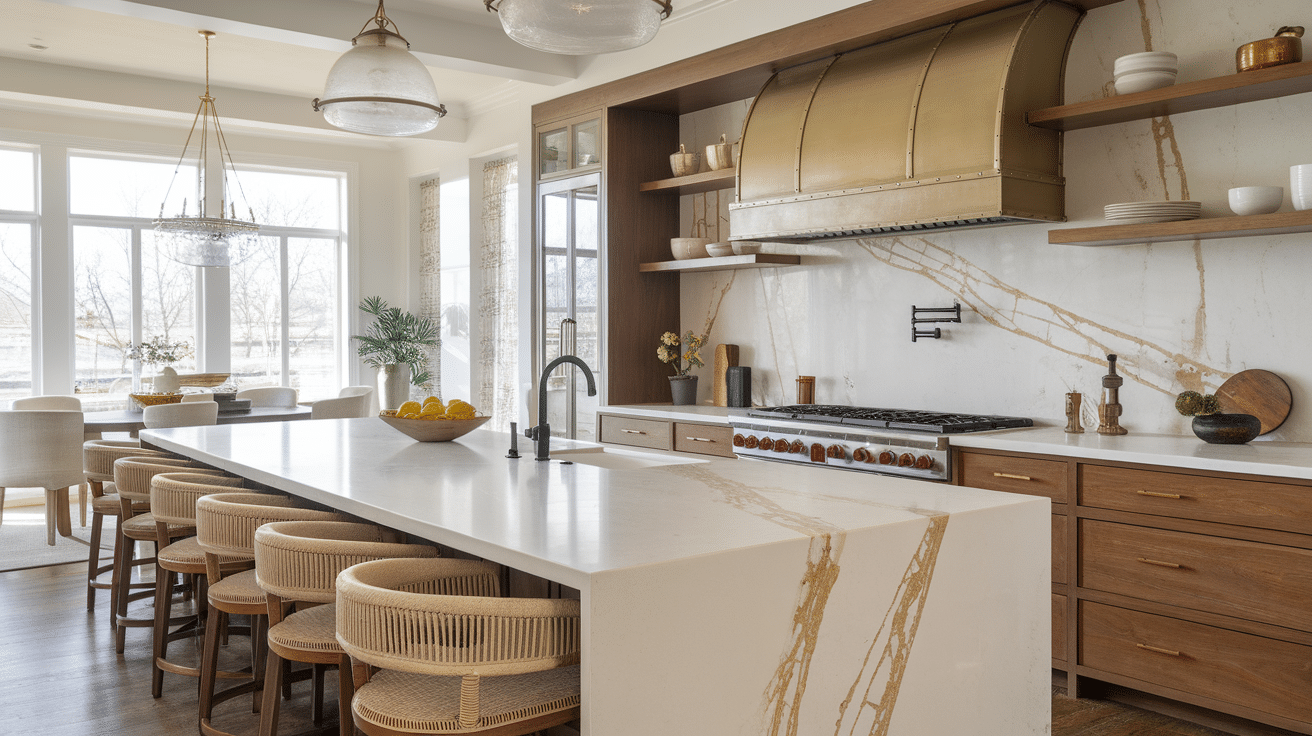
Taj Mahal quartzite offers practical benefits that make it worth considering for your kitchen upgrade.
1. Durability
Taj Mahal quartzite stands up exceptionally well to daily kitchen activities.
Its natural hardness makes it tougher than granite, allowing it to handle the bumps and scrapes that happen in busy kitchens.
When children help with baking, or guests gather around the island, this stone won’t easily chip or crack.
For families who use their kitchens heavily, this strength means less worry about damage and fewer repairs over time.
2. Eye-catching Appeal
The clean white background with gold veins gives the Taj Mahal quartzite a look of luxury.
Its neutral coloring works well with white, dark, or colored cabinets, making it highly adaptable to many kitchen styles.
If you want your kitchen to follow clean, modern lines with warm traditional touches or blend different style elements, this stone fits in perfectly.
Many homeowners appreciate how it brightens kitchens while adding subtle visual interest.
3. Heat Resistance
Unlike some countertop materials that can warp or mark when exposed to heat, Taj Mahal quartzite handles hot items well.
You can place warm pots and pans directly on the surface without causing damage.
This makes it particularly useful around cooking areas and stovetops, where heat protection matters most.
Home cooks find this quality especially helpful during busy meal preparations.
Taj Mahal Quartzite vs Other Countertop Materials
When picking kitchen countertops, it helps to understand how Taj Mahal quartzite compares to other popular options on the market.
| Feature | Taj Mahal Quartzite | Granite | Marble |
|---|---|---|---|
| Hardness | Very hard, highly resistant to scratches | Hard, but less than quartzite | Softer, more likely to scratch |
| Heat Resistance | Excellent, can handle hot pots | Good heat resistance | Good, but I can mark |
| Stain Resistance | Good natural resistance | It needs sealing to resist stains | Poor stains easily |
| Price | Higher cost | Mid-range price | High cost |
| Maintenance | Low, occasional sealing | Moderate, regular sealing | High, frequent sealing |
| Look | White with gold/taupe veins | Wide variety of colors/patterns | Classic veined appearance |
Design Inspiration for Kitchens with Taj Mahal Quartzite Countertops
Looking at real examples can help you picture how Taj Mahal quartzite might work in your own kitchen space.
Popular Kitchen Styles with Taj Mahal Quartzite
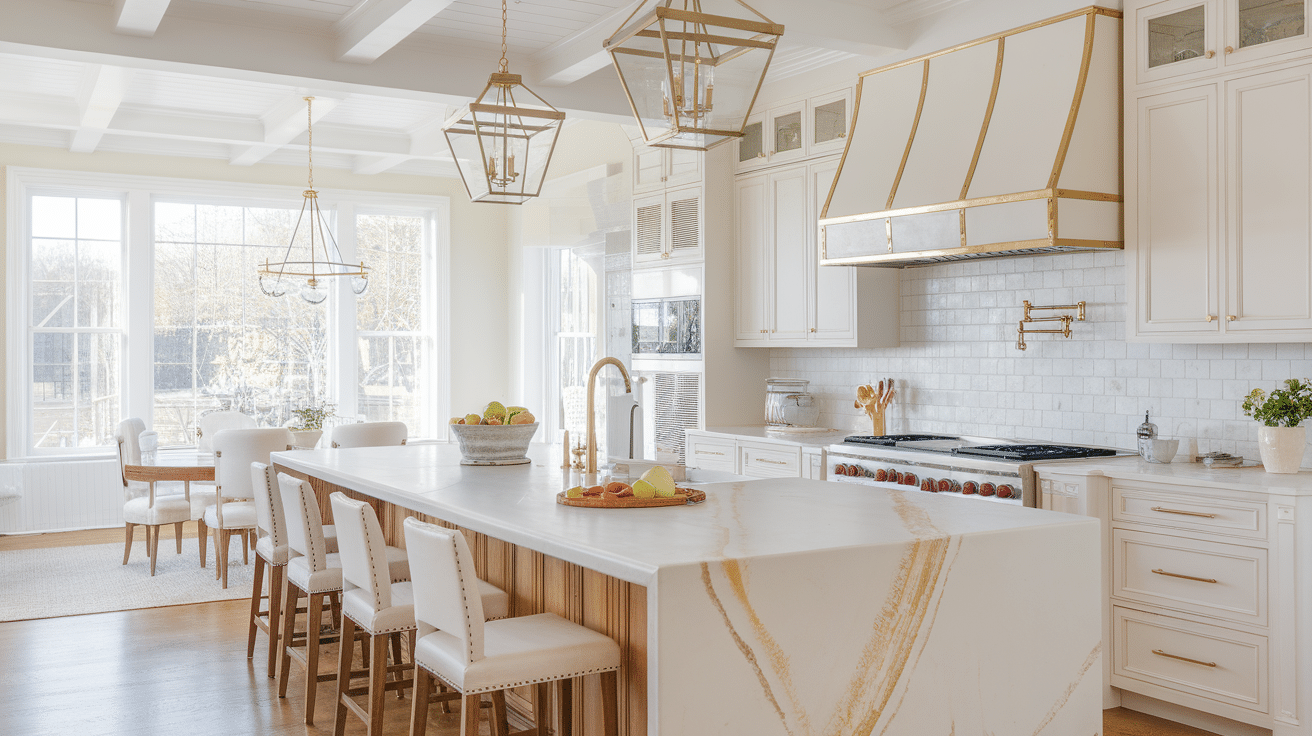
Taj Mahal quartzite fits well in many kitchen designs.
On Houzz and Pinterest, it appears in L-shaped layouts, where the light color makes spaces feel bigger.
Many homeowners use it for both countertops and backsplashes, while others feature it as a focal point on kitchen islands.
Cabinet Color Pairings
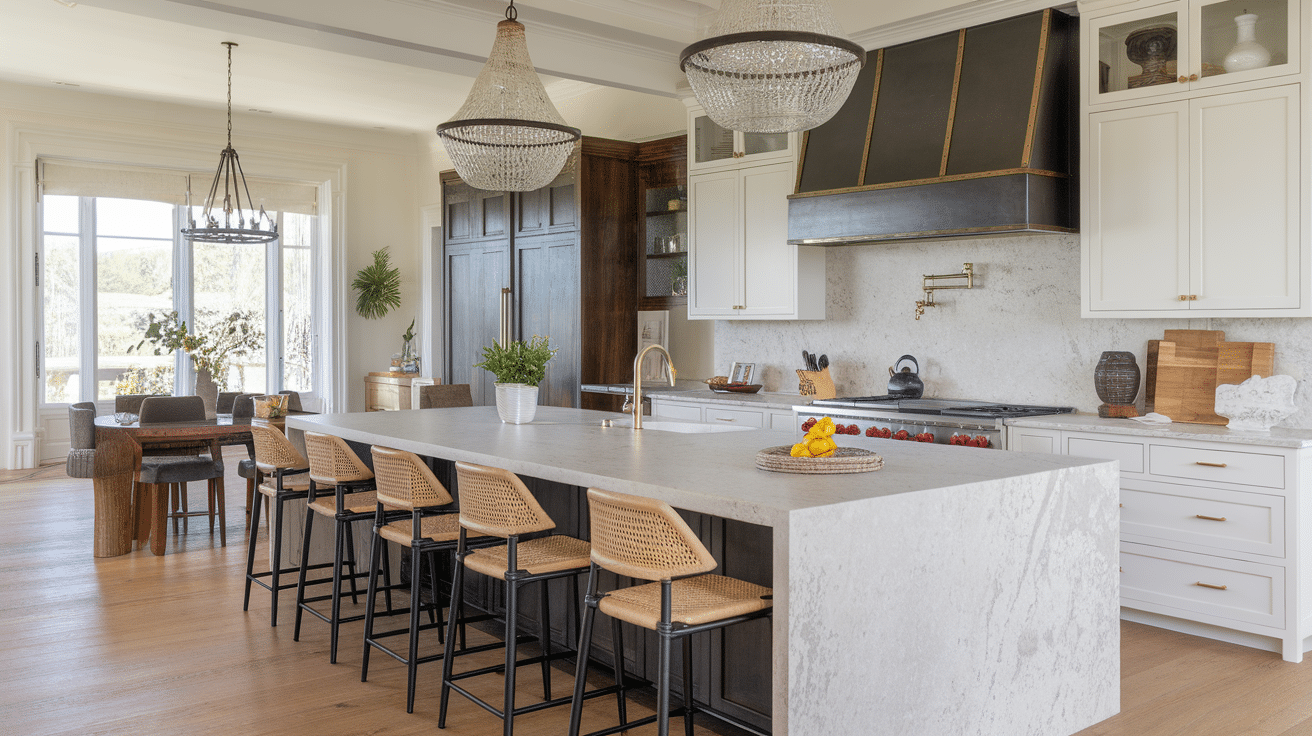
- White cabinets: Create a clean, bright look
- Dark cabinets: This provides a nice contrast with the stone
- Wood cabinets: Complements the gold veins in the quartzite
Photos show that white cabinets are most common with Taj Mahal quartzite, but wood cabinets create a warm feel, too.
Backsplash Options
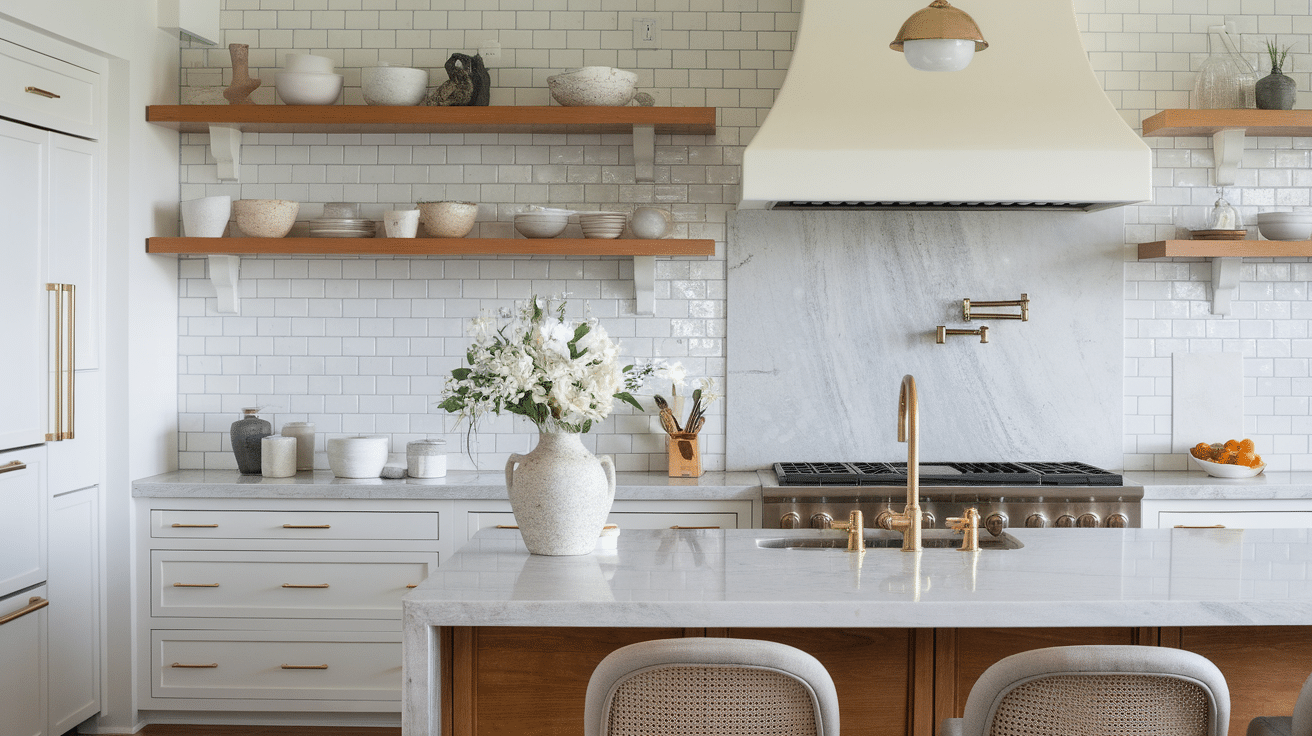
These options work well with Taj Mahal quartzite:
- Matching quartzite backsplash
- Simple white subway tiles
- Glass tiles in soft, neutral colors
- Porcelain tiles that match the gold tones in the veining
The best backsplashes enhance rather than compete with the natural stone.
Maintenance and Care of Taj Mahal Quartzite Countertops
While Taj Mahal quartzite is tough, it still needs proper care to stay beautiful.
- Clean with mild soap and warm water using a soft cloth.
- Wipe spills quickly, especially acidic ones like coffee or lemon juice.
- Avoid harsh cleaners with bleach or ammonia.
- For tough spots, try baking soda mixed with water.
Taj Mahal quartzite is less porous than other stones but still needs sealing to prevent stains. It should be sealed when first installed and then every 1-2 years.
To check if sealing is needed, place water drops on the surface. If they soak in rather than bead up, it’s time to reseal.
Even though the stone is heat-resistant, always use cutting boards and trivets for hot items. Avoid dragging heavy objects across the counter. For small scratches, ask a stone professional about possible treatments.
Use mild soap, warm water, and a soft cloth to clean spills quickly, especially acidic ones. Avoid harsh cleaners with bleach or ammonia.
Mistakes to Avoid with Taj Mahal Quartzite Countertops
Even with its strength and beauty, the Taj Mahal quartzite needs proper care to avoid common problems.
Not Sealing Properly
Many homeowners skip or delay sealing their Taj Mahal quartzite, which can lead to permanent stains. Without a good sealer, the stone can absorb oils, wine, and food colors.
When applying a sealer, make sure to cover the entire surface evenly and let it dry completely before using the counter.
Missing spots or not giving enough drying time reduces protection significantly.
Ignoring Maintenance
Some people think that because Taj Mahal quartzite is tough, it needs no upkeep. This isn’t true. Letting spills sit, especially acidic ones, can dull the finish over time.
Using harsh cleaners can wear away the sealer faster. Regular gentle cleaning and prompt spill cleanup keep the counters looking fresh much longer than ignoring day-to-day care.
Overloading the Countertop
While stronger than many stones, Taj Mahal quartzite isn’t unbreakable. Placing too much weight on unsupported edges or using the counter as a stepping stool can cause cracks.
Keep heavy items like stand mixers or large pots in areas with proper support underneath.
Be careful of impacts from heavy pans or dropped objects, especially near sink cutouts, where the stone might be more likely to crack.
Conclusion
Taj Mahal quartzite offers a perfect blend of beauty and practicality for kitchen countertops. Its white background with gold veins brings light and warmth to any kitchen design.
More durable than granite and more practical than marble, it handles the demands of busy kitchens while maintaining its good looks.
With proper care and maintenance, Taj Mahal quartzite countertops can last for many years, making them a smart investment for your home.
Before making your final decision, take time to see samples in person and talk with stone experts who can answer questions about your specific kitchen needs.
A professional installer can ensure your new countertops are properly set up for years of enjoyment.

